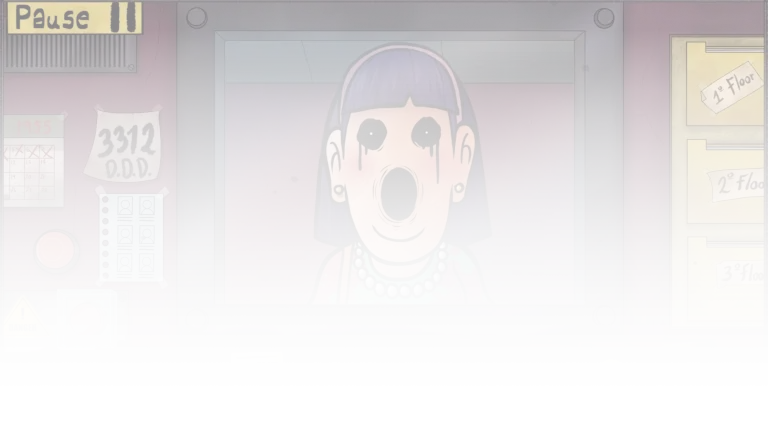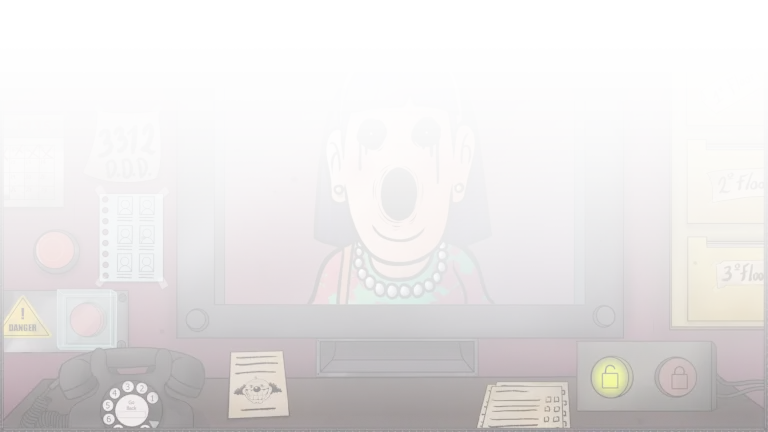
Indie Games
Indie Games, commonly known as indie games, represent a sector of the gaming industry characterized by its independence from the financial and creative constraints typically associated with large publishing houses. These games often originate from small-scale developers or individual visionaries driven by a passion for storytelling, gameplay innovation, and artistic expression.
The Creative Pioneers Behind Indie Games
What sets indie games apart is the personal touch and dedication their creators impart. These developers often wear multiple hats—designer, writer, artist, and programmer—pouring their distinct visions and personal experiences into their projects. This results in games that are not only entertaining but also deeply personal and frequently reflective of broader social, cultural, or philosophical themes.
Signature Elements of Indie Games
- Personal Narratives: Indie games often feature rich, deeply personal stories that resonate with players on an emotional level.
- Artistic Exploration: Developers experiment with various art styles, pushing the boundaries of visual and audio design in the gaming industry.
- Innovative Gameplay: These games are playgrounds for gameplay experimentation, mixing genres and mechanics to create something truly unique.
Indie games thrive on their ability to connect with players on a different level compared to their mainstream counterparts. They are often seen as the breeding ground for the industry’s most creative ideas, influencing gaming culture and even prompting change in larger gaming studios. As technology advances and distribution platforms become more democratized, the influence of indie games is set to expand, bringing more unique and transformative gaming experiences to a broader audience.








